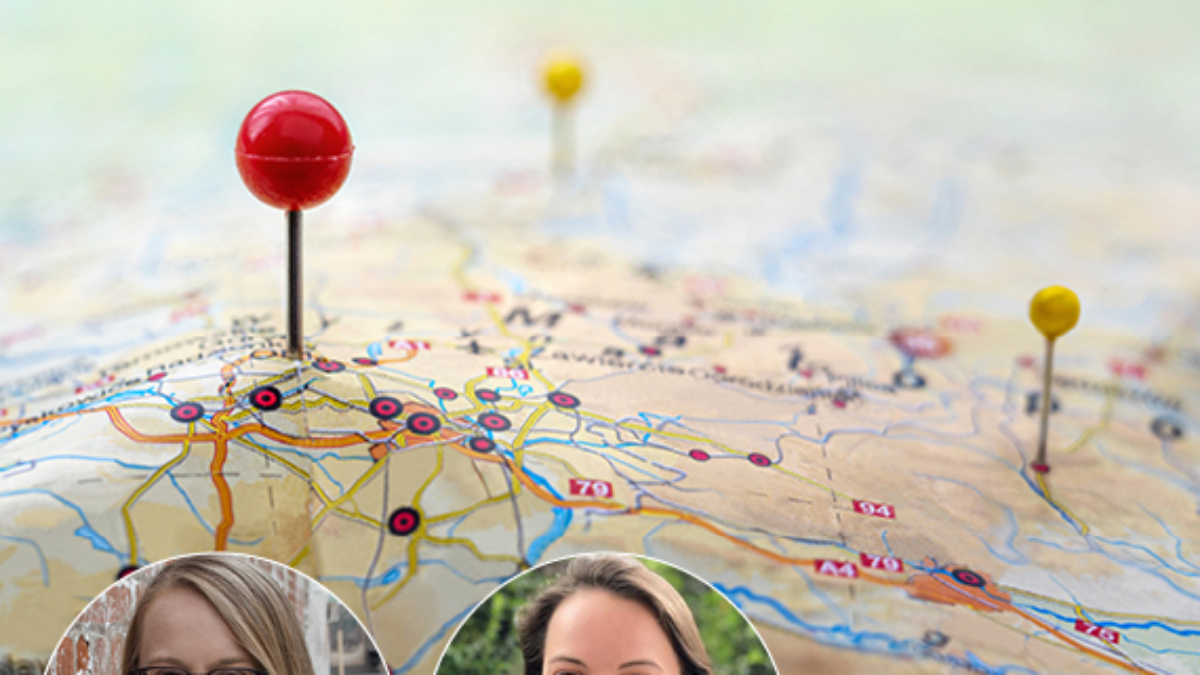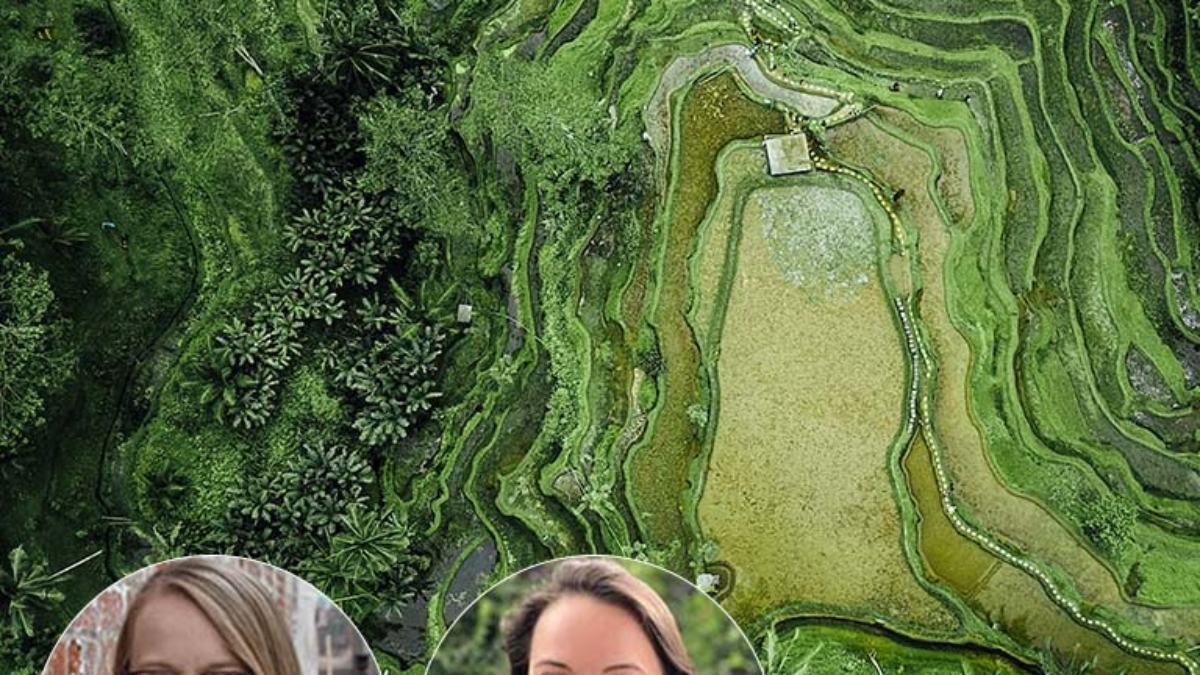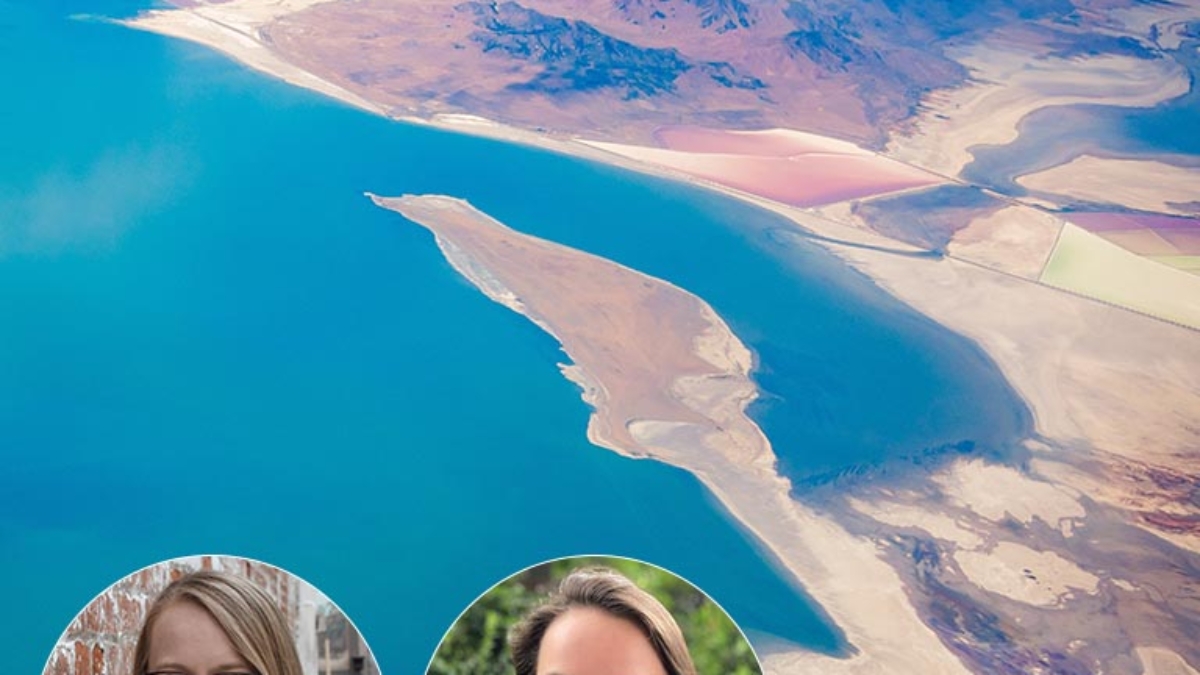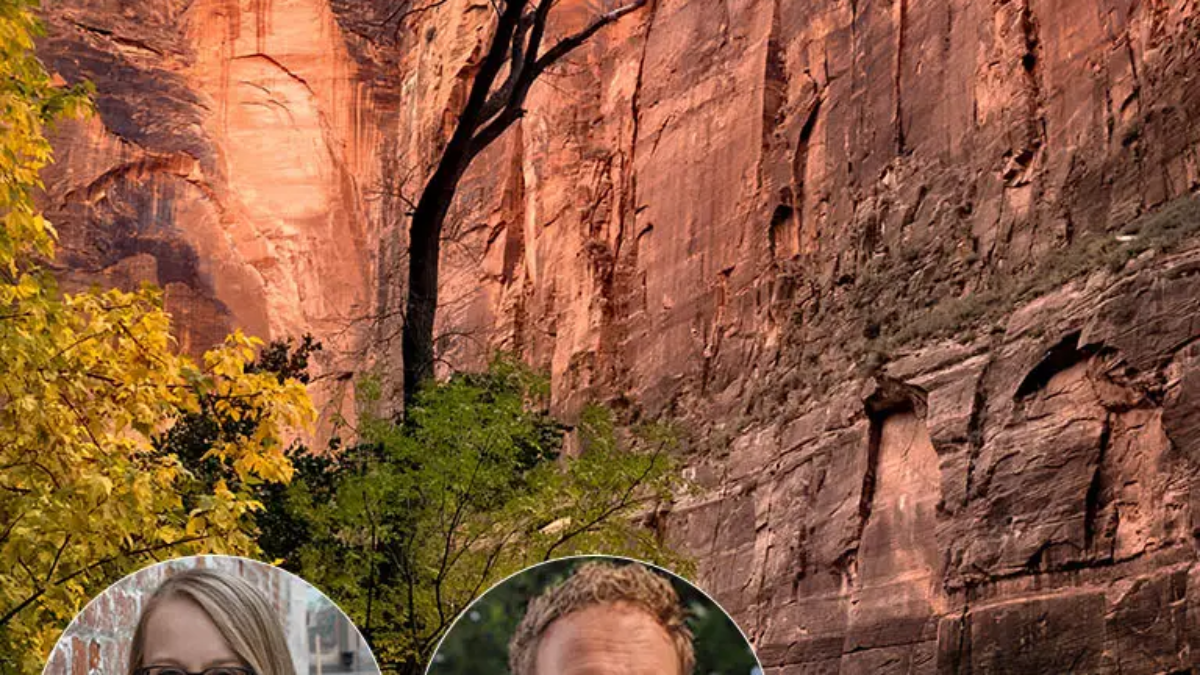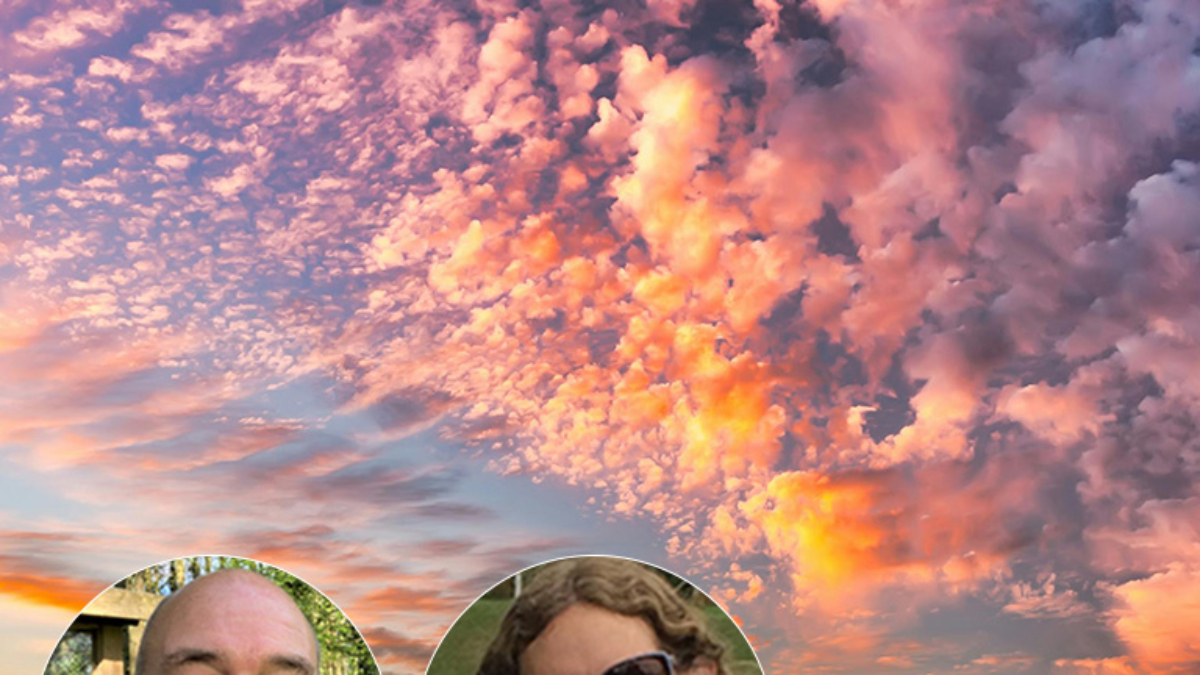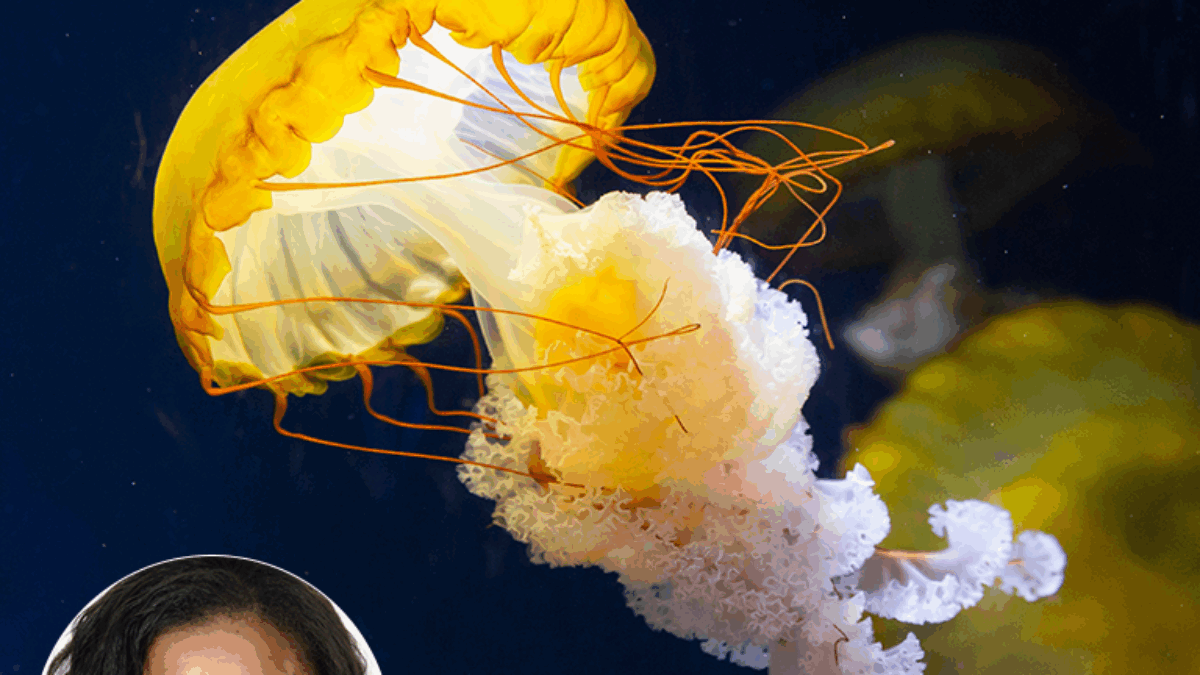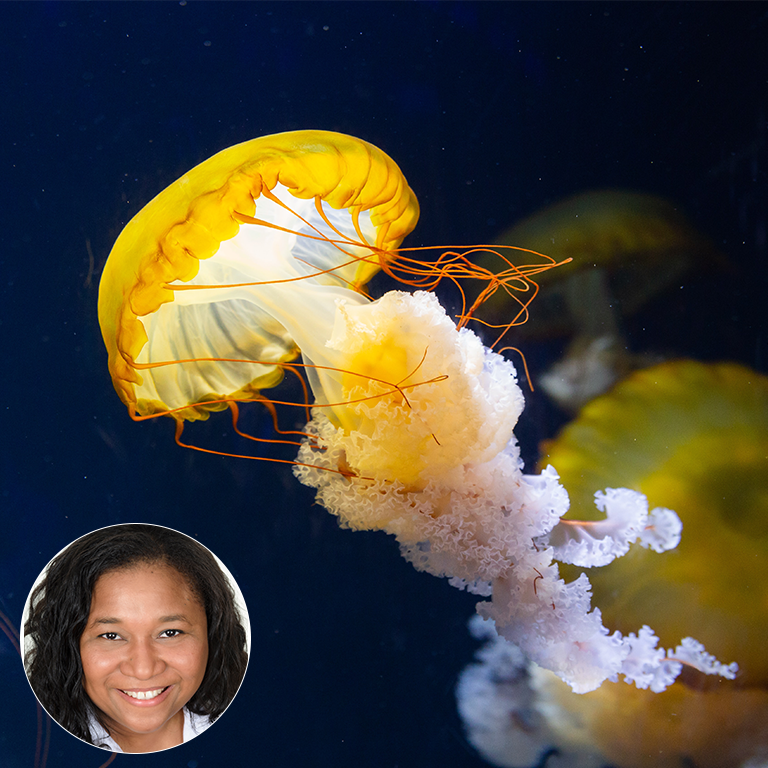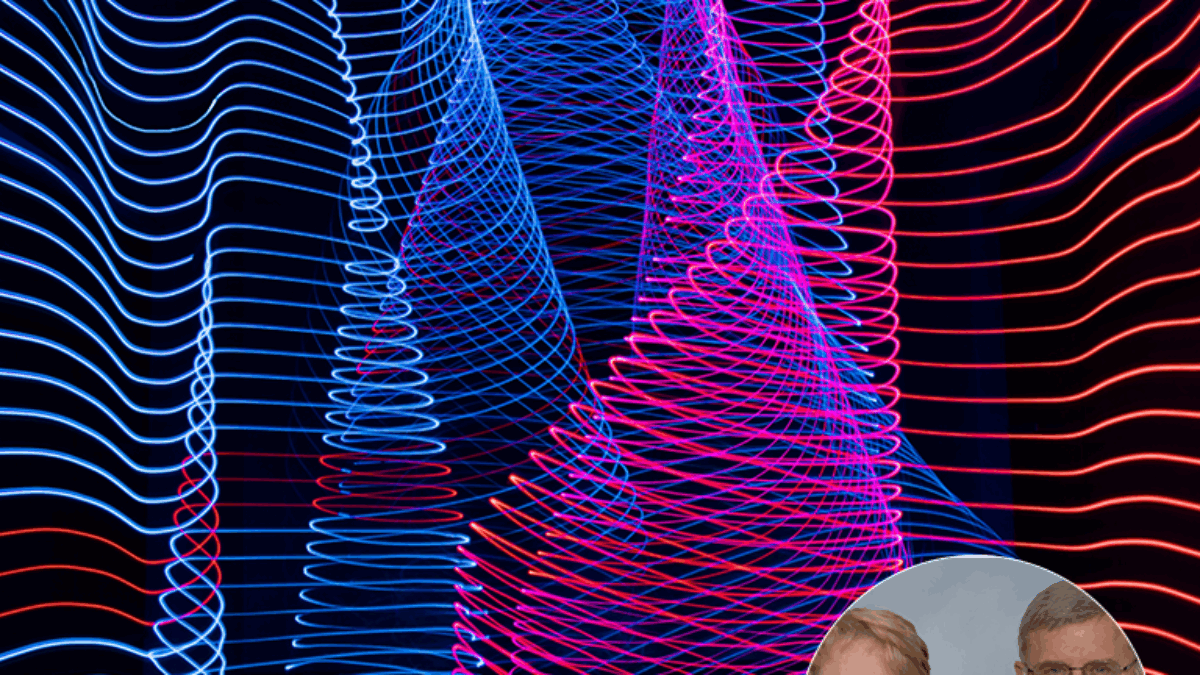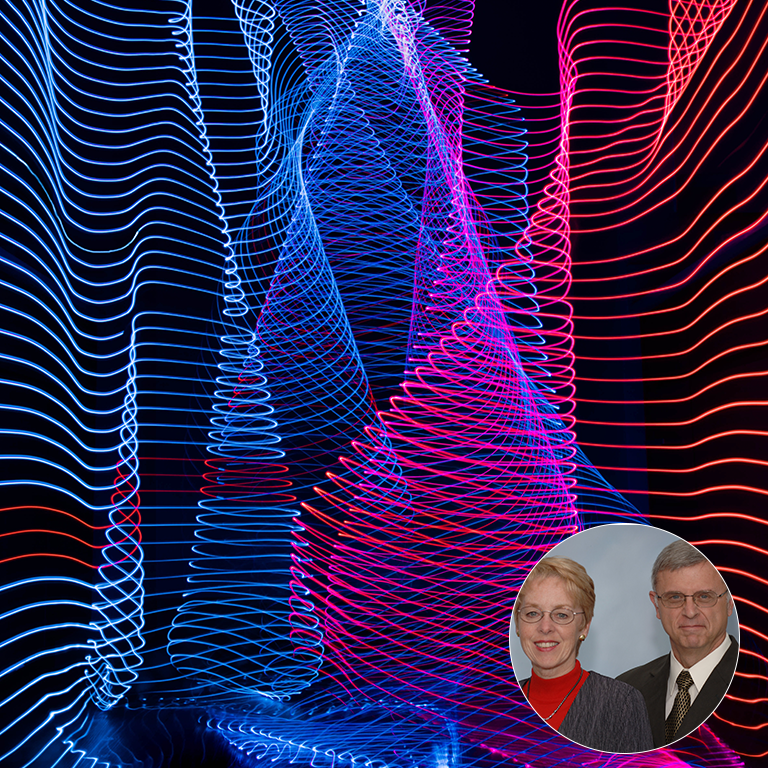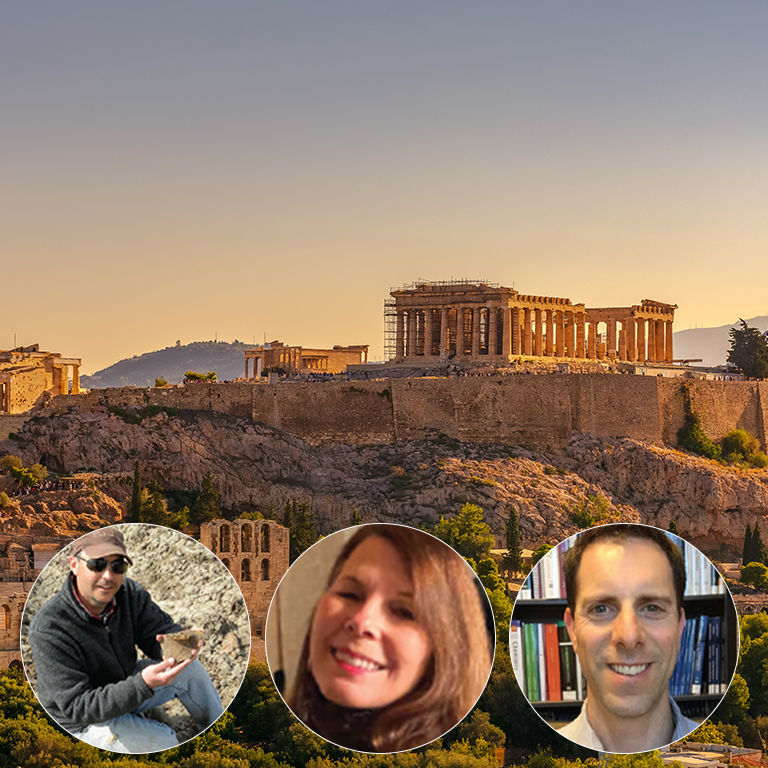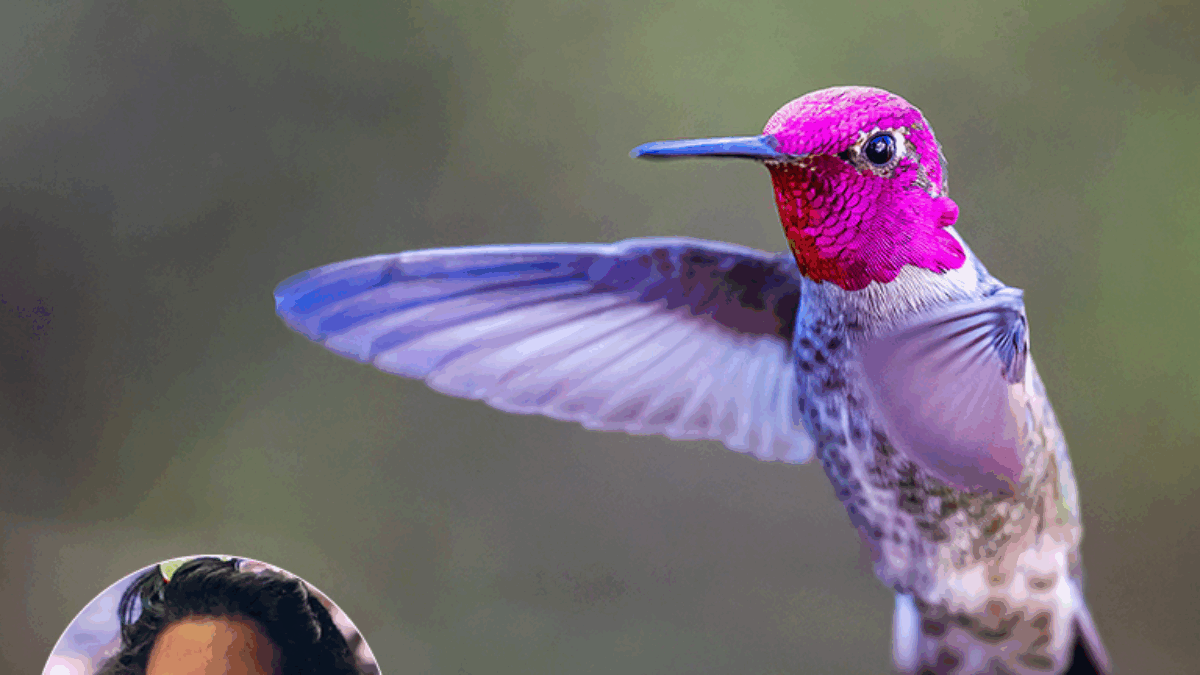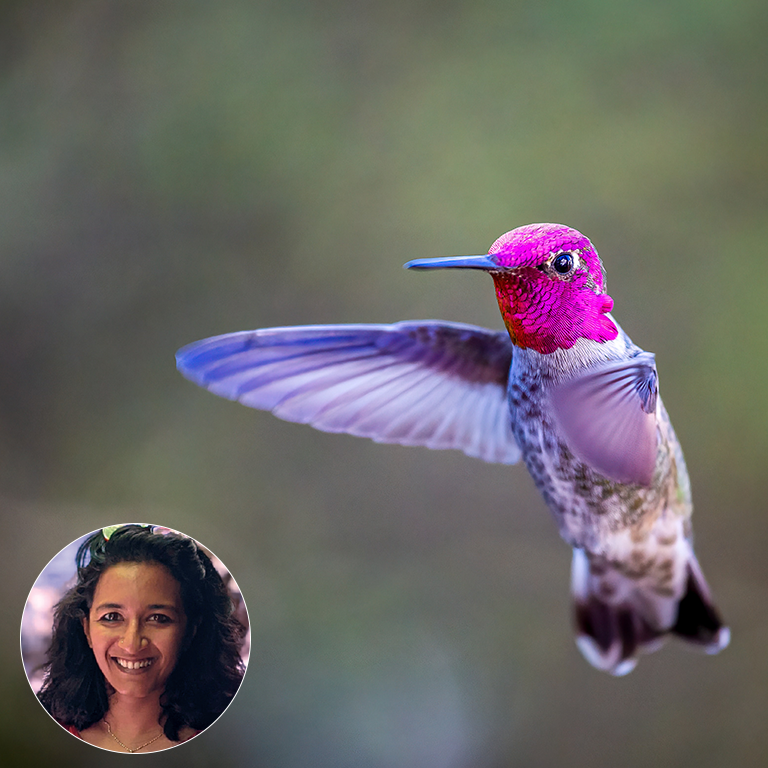Discover how to transform your 6-12 science classrooms with interactive mapping technology! This free professional development webinar is designed for educators who want to deepen student understanding of earth science curricula.
New Explorations with MapMaker for your Social Studies and Science classrooms!
MapMaker, developed by ESRI and National Geographic, continues to evolve! Join us to see the most recent updates. Explore how your students can gain an understanding of the world’s most crucial issues, challenges, and historical context of place.
Keeping up with MapMaker, Deepen Science and Social Studies explorations!
MapMaker, developed by ESRI and National Geographic, continues to evolve! Join us to see the latest updates. Explore how your students can gain an understanding of the world’s most crucial issues, challenges, and historical context of place.
What’s New with MapMaker? Enrich Classroom Science and Social Studies Explorations
National Geographic MapMaker, developed by Esri and National Geographic, is a mapping application that uses the latest in GIS software to connect social studies and science classrooms with essential technology for exploration. Created specifically for students and educators, MapMaker is easy to use, free to access, is browser-based, and usable on most laptops and tablets. Learn about MapMaker and how your students can gain a better understanding of how the world’s most crucial issues, challenges, and opportunities fit into the context of place.
Empowering Student Success: Instilling Confidence in the Science Classroom and Beyond
National Geographic Learning, a part of Cengage Group, and Kognity collaborate to bridge “achievement gaps” in the educational resources market. Together we are bringing high-quality, modern and engaging learning experience to high school science classrooms. With Kognity, educators can more easily drive academic achievement and success on high-stakes assessments by tracking student performance and usage of the digital platform. Kognity provides both educators and students with high-quality, engaging materials that improve students’ exam readiness.
Explore the Power of MapMaker to Fuel Your Science and Social Studies Classrooms!
National Geographic MapMaker, developed by Esri and National Geographic, is a mapping application that uses the latest in GIS software to connect social studies and science classrooms with essential technology for exploration. Created specifically for students and educators, MapMaker is easy to use, free to access, is browser-based, and usable on most laptops and tablets. Learn about MapMaker and how your students can gain a better understanding of how the world’s most crucial issues, challenges, and opportunities fit into the context of place.

